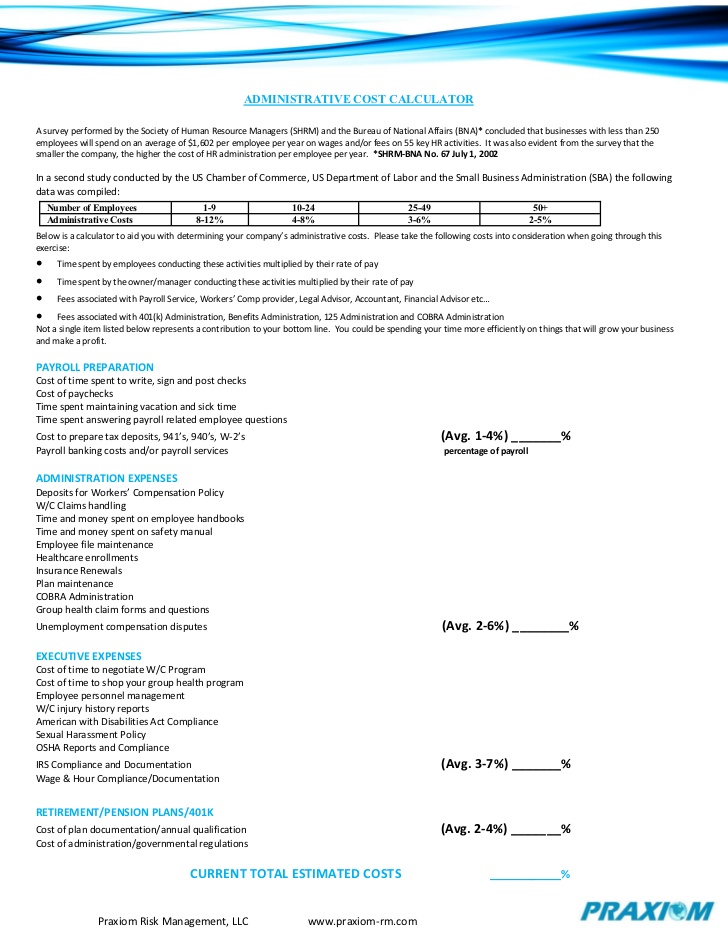
Three coders independently performed the coding, discussing possible deviations and settling them in mutual agreement. The roundtable focused on other salutary aspects of AI as well, such as its societal impact, particularly in promoting financial inclusion. Financial systems often exclude lower-income households, and AI’s efficiency gains could be instrumental in addressing this disparity, they noted. Prebuilt AI solutions enable you to streamline your implementation with a ready-to-go solution for more common business problems.
Artificial Intelligence in Financial Services: Applications and benefits of AI in finance

Through our analysis, we also detected the key theories and frameworks applied by researchers in the prior literature. As shown in Table 4, 73 (out of 110) papers explicitly refer to some theoretical framework. Finance theories (e.g. Arbitrage Pricing Theory; Black and Scholes 1973) are jointly employed with portfolio management theories (e.g. modern portfolio theory), and the two of them account together for 21% (15) of the total number of papers.
Highly decentralized
FloQast makes a cloud-based platform equipped with AI tools designed to support accounting and finance teams. Its solutions enable efficient close management, automated reconciliation workflows, unified compliance management and collaborative accounting operations. More than 2,800 companies use FloQast’s technology to improve productivity and accuracy. Canoe ensures that alternate investments data, like documents on venture capital, art and antiques, hedge funds and commodities, can be collected and extracted efficiently. The company’s platform uses natural language processing, machine learning and meta-data analysis to verify and categorize a customer’s alternate investment documentation.
Current statistics on this topic
Similarly, trading and digital platforms are examined in 16 papers that deal with derivatives and cryptocurrencies. Utilized by top banks in the United States, f5 provides security solutions that help financial services mitigate a variety of issues. The company offers solutions for safeguarding data, digital transformation, GRC and fraud management how to keep track of inventory for first as well as open banking. The company applies advanced analytics and AI technologies to develop products and data-driven tools that can optimize the experience of credit trading. Trumid also uses its proprietary Fair Value Model Price, FVMP, to deliver real-time pricing intelligence on over 20,000 USD-denominated corporate bonds.
Methodology
It can then clean and process financial data by identifying errors, inconsistencies, or missing values and notifying finance staff of the areas needing attention. Advanced automation of high volume, repetitive, and mundane manual tasks presents numerous benefits, including time and cost savings, decreased errors, and higher employee satisfaction as finance staff get to focus on more strategic, value-added tasks. Effective cash flow management always ranks high on the priority list of CFOs and their teams, and AI is proving to be a valuable tool in cash flow optimization. Due to the large amounts of data required, most finance professionals need more than a day to build a consolidated view of their cash and liquidity.
The most important key figures provide you with a compact summary of the topic of “Artificial intelligence (AI) in finance” and take you straight to the corresponding statistics. Looking toward the future of finance, Stirrup sees a large shift in store for the finance function. While AI will likely never fully replace finance team members, it may become a significant part of their day-to-day work. In the NVIDIA survey, more than 80% opengrants versus foundation center of respondents reported increased revenue and decreased annual costs from using AI-enabled applications. Further, AI implementation could cut S&P 500 companies’ costs by about $65 billion over the next five years, according to an October 2023 report by Bank of America. AI helps enhance customer experience and retention by letting businesses deliver personalized, proactive, and integrated interactions across various touchpoints.
Digitalization and technologization affect numerous domains, promising advantages but also entailing risks. Hence, when decision-makers in highly-regulated domains like Finance implement these technological advances—especially Artificial Intelligence—regulators prescribe high levels of transparency, assuring the traceability of decisions for third parties. Explainable Artificial Intelligence (XAI) is of tremendous importance in this context. We provide an overview of current research on XAI in Finance with a systematic literature review screening 2,022 articles from leading Finance, Information Systems, and Computer Science outlets.
That flexibility pertains to not only high-level organizational aspects of the operating model but also specific components such as funding. Our surveys also show that about 20 percent of the financial institutions studied use the highly centralized operating-model archetype, centralizing gen AI strategic steering, standard setting, how to find your employer identification number and execution. About 30 percent use the centrally led, business unit–executed approach, centralizing decision making but delegating execution. Roughly 30 percent use the business unit–led, centrally supported approach, centralizing only standard setting and allowing each unit to set and execute its strategic priorities.
- Trim has saved more than $20 million for its users, according to a 2021 Finance Buzz article.
- Individuals’ electronic financial transactions are highly personal (Achituve et al. 2019).
- The complexity of AI systems necessitates a broad approach, with debates around specific prohibitions and national sovereignty in AI regulation, they stated.
- Furthermore, the opacity of AI decision-making processes, often referred to as the “black box” phenomenon, hinders accountability and trust in AI systems.
These challenges require the close collaboration of industry experts, researchers, and policymakers to establish regulations, standards, and guardrails for responsible AI development. Our diverse, global teams bring deep industry and functional expertise and a range of perspectives that question the status quo and spark change. BCG delivers solutions through leading-edge management consulting, technology and design, and corporate and digital ventures. We work in a uniquely collaborative model across the firm and throughout all levels of the client organization, fueled by the goal of helping our clients thrive and enabling them to make the world a better place. Many of the most important current opportunities reside outside of the finance function. CFOs should work with their C-suite peers to encourage creative thinking around potential use cases that promote cost efficiency and effectiveness.

In the following, we describe the methodology and employed search strategy for our SLR. Still, consensus lacks a single AI definition, as intelligence itself is not adequately defined (Legg and Hutter 2007; Rzepka and Berger 2018). The founders of AI gave the first definition as “making a machine behave in ways that would be called intelligent if a human were so behaving” (McCarthy et al. 1955, p. 11). More recently, Russell et al. (2016) systematized eight currently discussed definitions by seeking human intelligence or rationality and focusing on either thinking or acting. Recent definitions emphasize intelligent agents interacting with their environment and pre-set goals (Russell et al. 2016).
